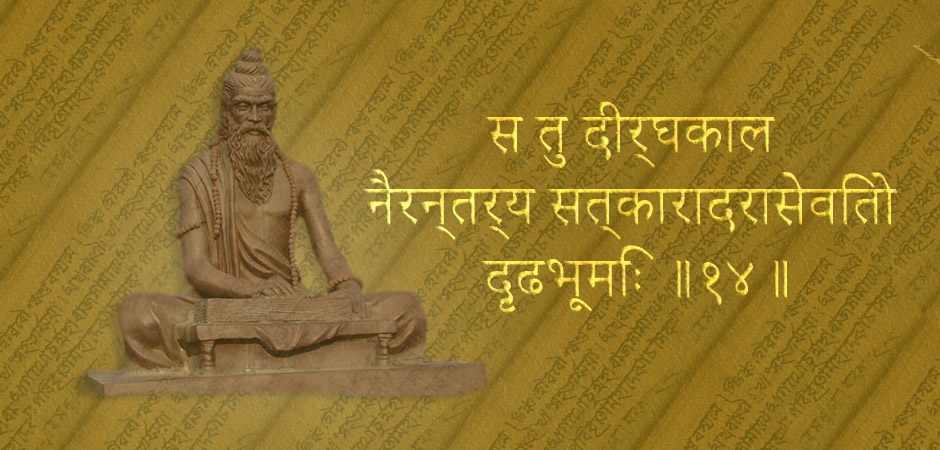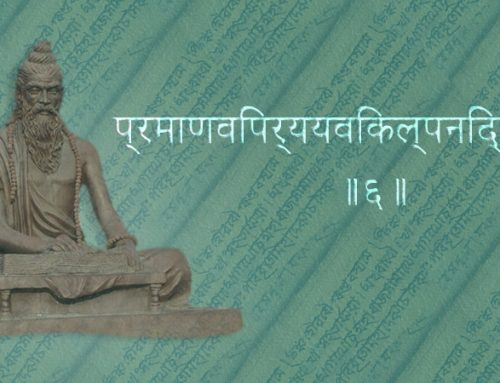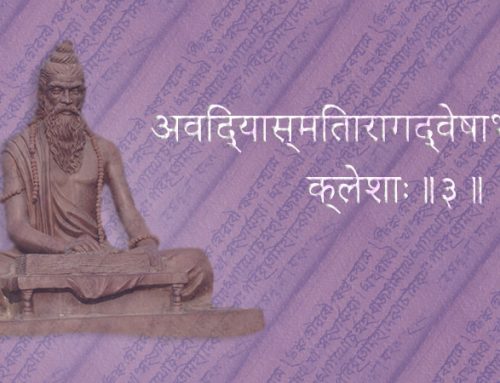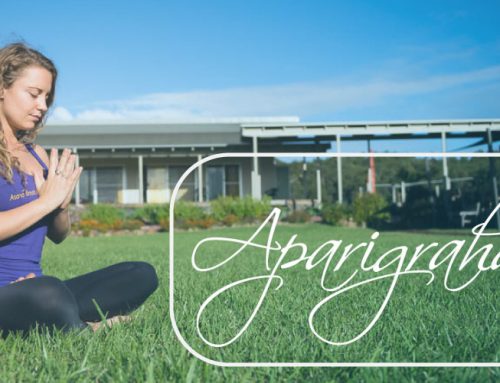Having looked at the first 4 Sutras in the last newsletter, we’re going to jump to 1.12 to 1.16 that delve into the fundamental yogic principles of ‘practice’ and ‘non-attachment’ (abhyasa and vairagya).
We learnt in the first 4 sutras that yoga is the process of quietening the fluctuations of the mind; becoming skilful in disciplining our thoughts so we can connect to our true nature. In Sutra 1.12 we are told that this is achieved through dedicated practice and sustained non-attachment.
The next few Sutras explain that practice (abhyasa) is maintaining consistent effort and that non-attachment (viragya) is being free of craving and aversions. This does not mean that yogis should aspire to be detached in a cold way. It is possible to be passionately involved with your practice, with people and with life, while maintaining no expectations or attachment to the results.
Sutra 1.16 explains how ultimate freedom is beyond this state of non-attachment, that when we connect to universal consciousness (purusha) we simply reside in perfect harmony.
However realisation of purusha is an advanced concept out of reach for most of us! For those of us simply striving for a little more peace of mind, clarity and contentment it is Sutra 1.14 that is most helpful for many yogis.
Sa tu dirgha kala nairantarya satkarasevito drdhabhumih
1.14 Only when a correct method is cultivated continuously over a long period of time with total wholehearted devotion does the practice becomes strong with a solid foundation
We know that when we practice yoga regularly we start to see real benefits. So remember this on those days when it’s more of a struggle – physically, mentally or emotionally – yoga is not about a quick fix, we are in this for the long run!





